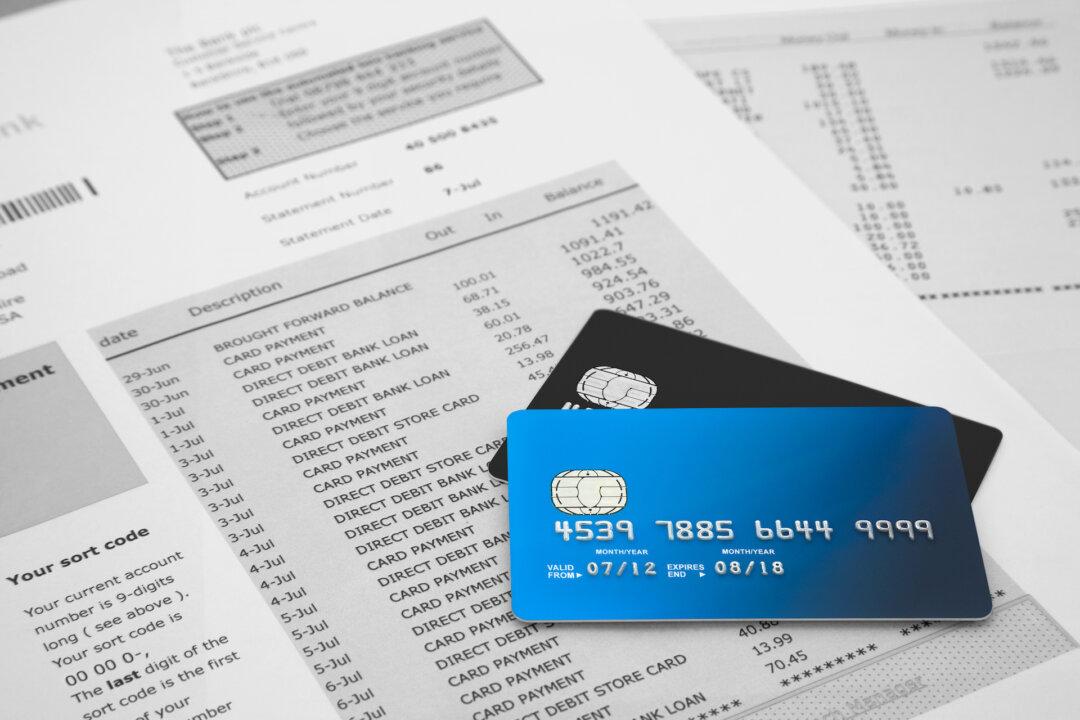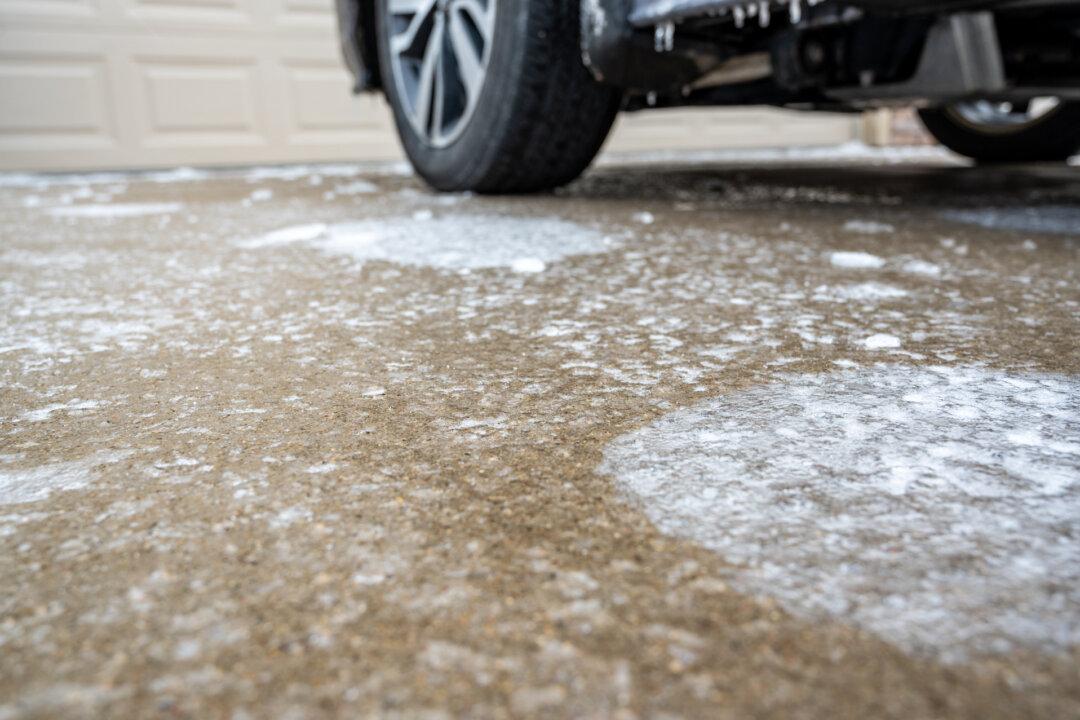So you planted a garden, lucked out when your property included fruit trees, stumbled upon a produce sale you just couldn’t pass up, or joined a Community Supported Agriculture group. Good for you! Now what? What will you do with all that bounty?
Your choices are 1) quickly consume your harvest before it spoils, 2) give it away, or 3) preserve it to enjoy in the future. One of the best ways to preserve—the method of food preservation that is making a big comeback—is known as home canning. Canning isn’t tricky, but it is a procedure that should be followed precisely.
Home Canning Overview
Generally, the process begins by sterilizing canning jars in boiling water. Then, once you’ve filled them with hot jam or another prepared recipe and applied lids, you boil them again. Proper canning or “heat processing” hermetically seals the jar, meaning no air or tiny organisms can get in. It also kills any undesirables that may be present, such as bacteria, yeast, or mold. In addition, it destroys naturally occurring enzymes that cause food to spoil.For this process known as home canning, you need a few pieces of equipment, a little time, and beautifully ripe produce. Your investment will pay off in spades come winter when you can enjoy summer all over again.
Beginners should start with fruit, jams, pickles, and tomatoes, because these items are highly acidic and don’t require a pressure canner—a process used for low-acid vegetables, such as green beans, using high pressure and high heat.
How to Can
Step 1: Sterilize the Jars, Lids, and Rings
In a big cooking pot filled with water, place jars and lids in the water and bring to a boil over high heat. Allow them to boil for 10 minutes. Keep jars hot by turning heat down to simmer until ready to fill.
Step 2: Make the Recipe
Use one of the
recipes here or another recipe of your choice that has been created specifically for canning. Again, if you are a beginning canner, start with a nice jam recipe or fruit in syrup.
Step 3: Carefully Remove Jars From the Pot
Empty the hot water from each jar back into the pot so you won’t have to heat new water later.
Step 4: Place Jars on a Wooden Cutting Board or Towel
Placing jars on a cold countertop could cause thermal shock, which could crack the jars. Place the funnel in the mouth of the jar. Carefully ladle in the food item you have just prepared.
Step 5: Fill Jars, Allowing for Headspace
The empty space between the food’s top and the jar’s top is called headspace. The amount of space depends on what you’re canning. Your recipe should indicate the amount of headspace required by that particular item.
Step 6: Release Air Bubbles
Air bubbles can prevent jars from sealing and may affect the color of canned goods. Get rid of bubbles by sliding a nonmetal spatula or something like a plastic chopstick between the food and the inside of the jar. Make sure the item you use has been sterilized. You don’t want to introduce bacteria once you’ve been so careful to sterilize everything.
Step 7: Clean up Jars
Wipe jar rim and threads (the grooves the lid screws onto) with a clean, damp cloth. Food left on the jar rim or threads might prevent the jar from sealing once the lid and ring have been applied.
Step 8: Apply Lids and Rings
With tongs, transfer one jar lid from the hot water to the top of each jar, ensuring it is centered perfectly on top of the jar. Apply a screw ring to each jar and twist until it is just finger-tight. Do not overtighten. The ring is to hold the lid in the correct position so that the seal can take place as the contents of the jar cool.
Step 9: Process
Now, you are ready to process the jars. Place them back into the large pot of hot water. Once all the jars that will fit are in the pot, add enough water to cover the jars by at least one inch. Cover the pot and bring the water to a rapid boil over high heat. Boil jars for the required “processing time” indicated in your recipe of choice. For proper canning, water must boil rapidly during the entire processing time.
Step 10: Turn Off the Heat
Remove the lid from the large pot. Let jars cool in the water for five minutes. Remove jars from the pot, being careful not to tilt the jars. Place them on a towel. Allow them to sit undisturbed for 24 hours.
Step 11: Test for Proper Seal
To test each jar to make sure it is properly sealed, look at the lid from the side. It should be concave, slightly curved like the inside of a bowl. Next, press on the lid with your finger. If the lid springs back, the jar isn’t sealed. Immediately reprocess that jar or refrigerate it to be consumed within the next few days. The contents are perfectly edible and delicious but, since it didn’t seal properly, you wouldn’t want to put it on the shelf to be eaten six months from now.
Step 12: Label and Store
Make and apply labels for your jars that indicate the name of the contents and the date canned. Store in a cool, dark, non-humid place for up to a year.
Equipment and Resources
I have prepared an article with the specific tools you will need as we as resources to find them and lots more at
EverydayCheapskate.com/the-basics-of-home-canning-and-how-to-get-started-quick-easy. See you there!





